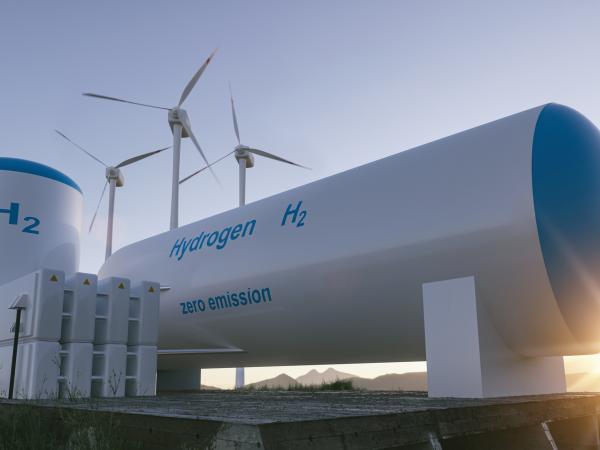After the strategic alliance announced by the National Association of Entrepreneurs of Colombia (Andi) and the Colombian Natural Gas Association (Naturgas) In order to consolidate and boost the hydrogen market in Colombia, it is essential to talk about the attractiveness of hydrogen as a fuel and light gas, produced mainly from natural gas.
(List the roadmap for the use of hydrogen in Colombia).
Its characteristics make it viable for the decarbonization of essential sectors such as transport, power generation and industry, which makes it a strategic player in the energy revolution and in the transition towards more planet-friendly energy sources, such as wind and solar.
To talk about the classification of hydrogen, in recent years a color code has been used according to its energy source and production: gray hydrogen, produced mainly from natural gas and coal; blue hydrogen, produced from natural gas and coal, with the incorporation of CO2 capture and storage technology, and green hydrogen, is that which is produced from Non-Conventional Renewable Energy Sources (FNCER), such as biomass , small hydroelectric, wind, geothermal heat, solar, tidal, among others.
Colombia has committed to an ambitious goal of achieving carbon neutrality by 2050.
(There are already eight companies interested in betting on hydrogen).
According to Luz Stella Murga, president of Naturgas, “In the Colombian case, thanks to the vast potential for natural gas in the Caribbean Sea and in continental deposits, the demand for hydrogen in the coming years can be supplied at a stable and competitive price. If the world wants to develop a global hydrogen economy, the role of blue hydrogen cannot be underestimated. Colombia has not turned its back on this reality and that is why last year the national government, headed by the Ministry of Mines and Energy, defined the Hydrogen Roadmap, that is, it traced the path for the consolidation of the Energy Transition of the country based on the use of this energy”.
However, for the development of hydrogen production and the adaptation of the economic sectors for its use, it is essential to make large investments for the development of technology and the creation of infrastructures.
Colombia, like the main world economies, has created investment plans and incentives to develop complete value chains around hydrogen production.
But it is necessary to overcome barriers such as the high costs in production, transportation, conversion and storage compared to traditional fuels; technological maturity, given that known technologies have not been tested or developed to scale; efficiency, since there are high losses throughout the chain; regulatory uncertainty, given that a stable and long-term regulatory framework is required for scale development, among others.
(Hydrogen: investments by 2030 will be US$2.5 billion).
“If we manage to encourage the production of hydrogen generated with natural gas and their respective carbon capture and storage technologies; promote a demand in heavy vehicles and industries, and provide legal certainty to local and foreign investors, the country will have hydrogen available in a profitable and economical way, which will give industrial competitiveness to Colombia, will make the country a leader in the Region, will raise the independence of the local market from international situations (such as Ukraine), and, above all, it will ensure its energy transition and make the decarbonisation of the economy viable. This is the great bet of the business sector”Murgas points out.








